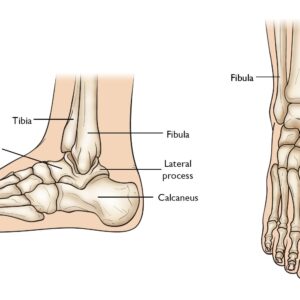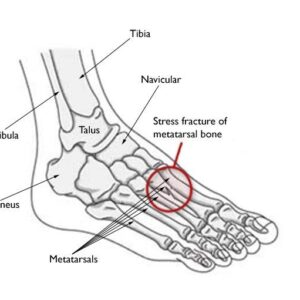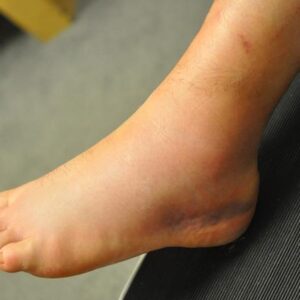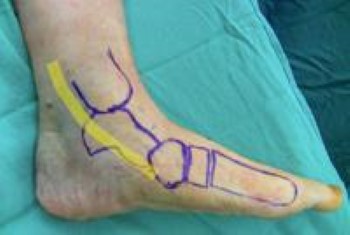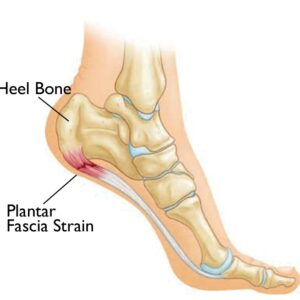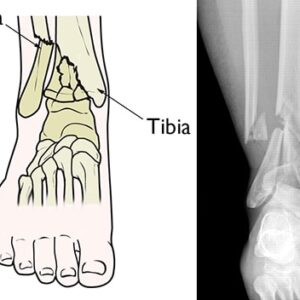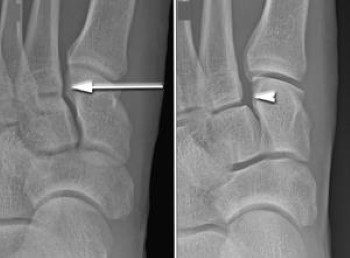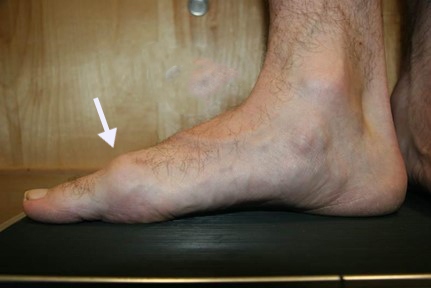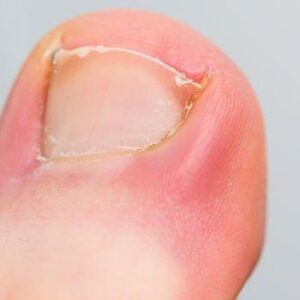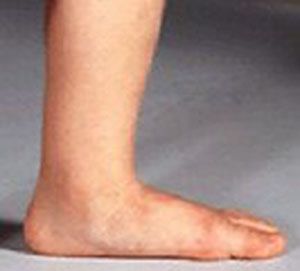Understanding Talus Fractures: Causes, Treatment, and Potential Complications
Foot & Ankle Patient informationA talus fracture involves a break in one of the critical bones that form the ankle joint. These fractures are typically associated with high-impact injuries, such as those resulting from car accidents or falls from significant heights. Given the talus bone’s crucial role in facilitating ankle movement, fractures in this
Understanding Talus Fractures: Causes, Treatment, and Potential Complications Read More »

